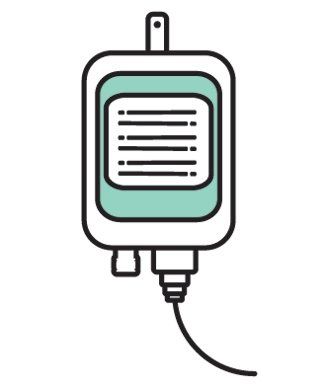Simple Quality Initiatives, Chemotherapy “Huddle” Can Reduce Errors
The use of several simple improvement measures including a “chemotherapy huddle” can result in a marked, sustained reduction in chemotherapy errors in a pediatric oncology setting.
Image © johavel / shutterstock.com

The use of several simple improvement measures including a “chemotherapy huddle” resulted in a marked, sustained reduction in chemotherapy errors in a pediatric oncology setting, according to a new analysis.
Brian D. Weiss, MD of Cincinnati Children’s Hospital Medical Center in Ohio, presented results of his center’s experience with quality improvement initiatives relating to chemotherapy errors (abstract 37) at the American Society of Clinical Oncology (ASCO) 2017 Quality Care Symposium, held March 3–4 in Orlando, Florida. He noted that standard pediatric cancer protocols are very complicated, and there is no standardized format, making various key bits of information difficult to find and apply.
Weiss said that the Cincinnati center is relatively large as compared to other pediatric oncology facilities, with 400 newly diagnosed patients per year and approximately 1,400 doses of chemotherapy per month. To attempt to reduce chemotherapy errors that reach the patient, they began in 2010 to institute a number of simple safety measures.
For example, they purchased inexpensive noise-canceling headphones that nurses wear while checking chemotherapy orders and administrations, to discourage disturbances while the nurses took those actions. They developed a chemotherapy safety working group, made up of nurses, pharmacists, physicians, and others involved, in order to standardize all the processes involved with delivering chemotherapy.
Weiss highlighted the creation of what they termed a “chemotherapy huddle,” a simple, 10-minute meeting between all caregivers involved with chemotherapy that took place once each day. “We review every patient that had chemotherapy in the past 24 hours and any errors that occurred, including near misses,” Weiss said. “We talk about them in a non-punitive setting, no one is beat up in those meetings, they are just thanked for coming forward.”
After approximately 22 months of these quality initiatives, the center did see a drop in chemotherapy errors that reached the patient, from 3.8 errors per 1,000 doses down to 1.9 errors per 1,000 doses. The period in question covered more than 100,000 doses of chemotherapy in total.
The most common errors to reach the patient were administration and dispensing errors, while those that did not reach the patient-largely because pharmacists and nurses caught them, Weiss said-were prescription errors. “We’ve seen this decrease in error rate sustain for over 4 years now,” he said, adding that the interventions have resulted in 155 fewer predicted errors reaching patients. “I think some of these things may seem difficult to translate-I’m not sure they are.”